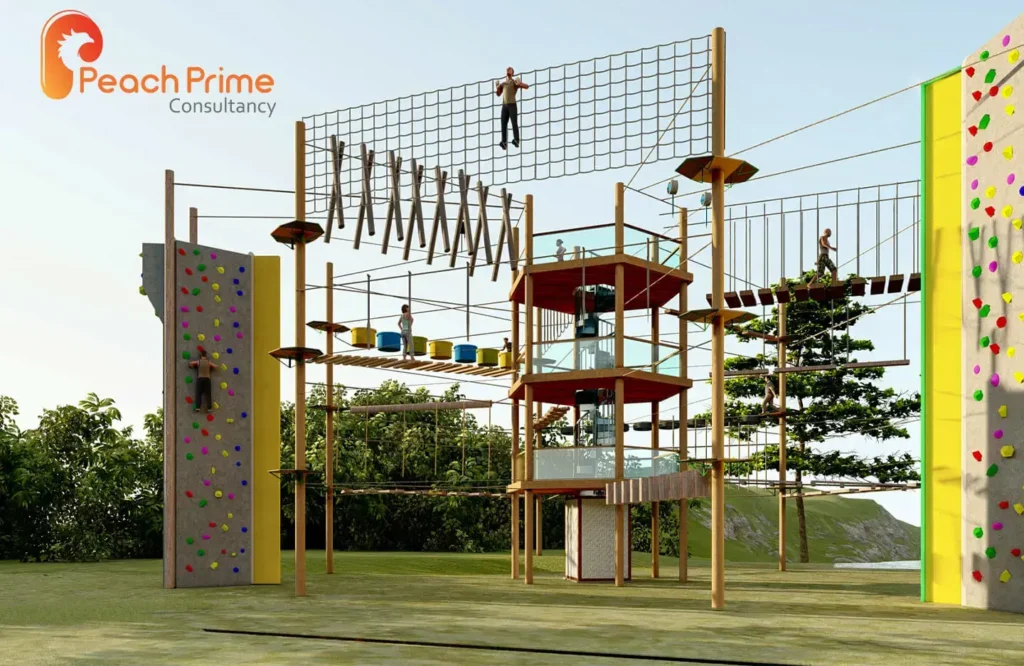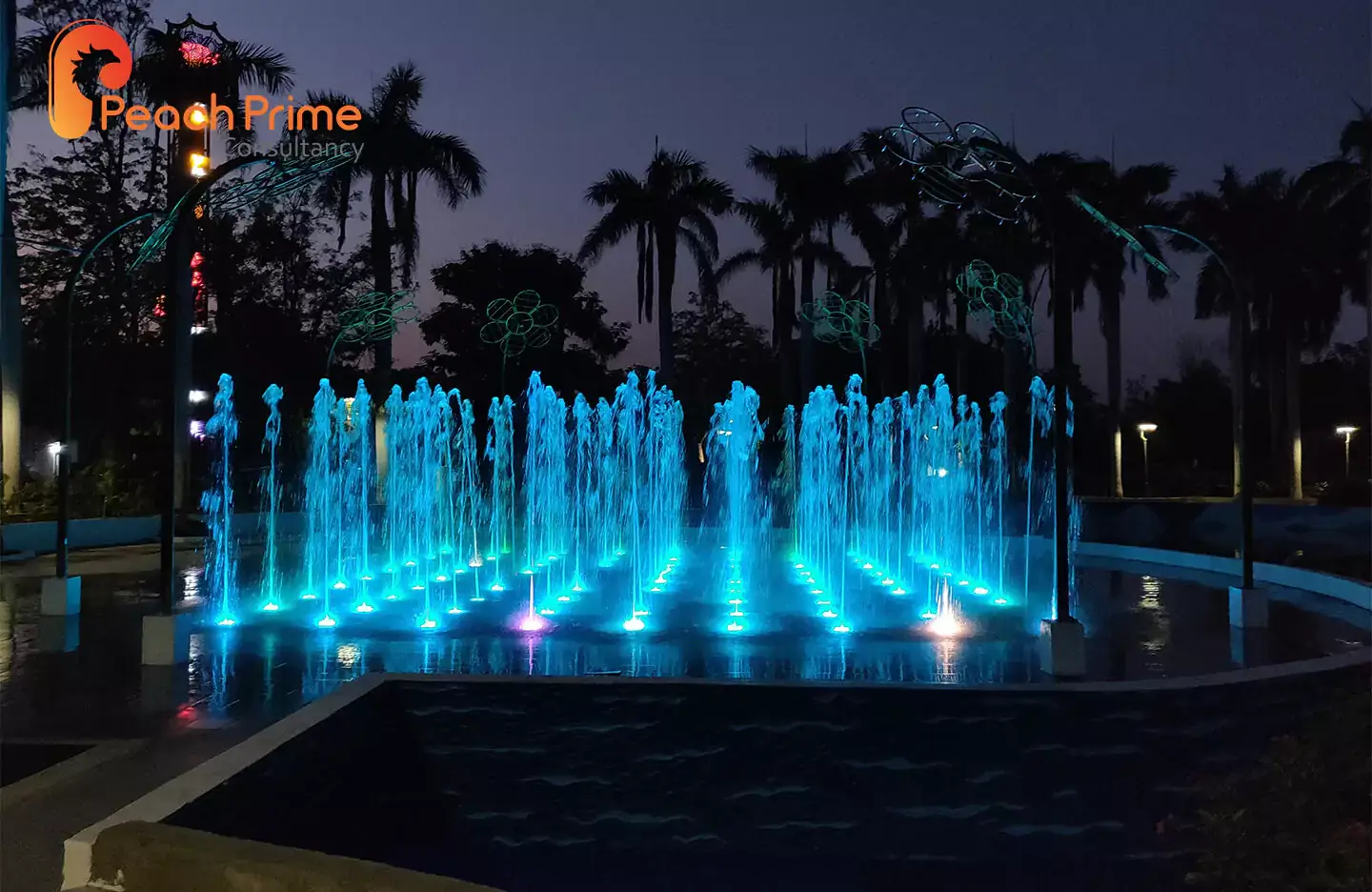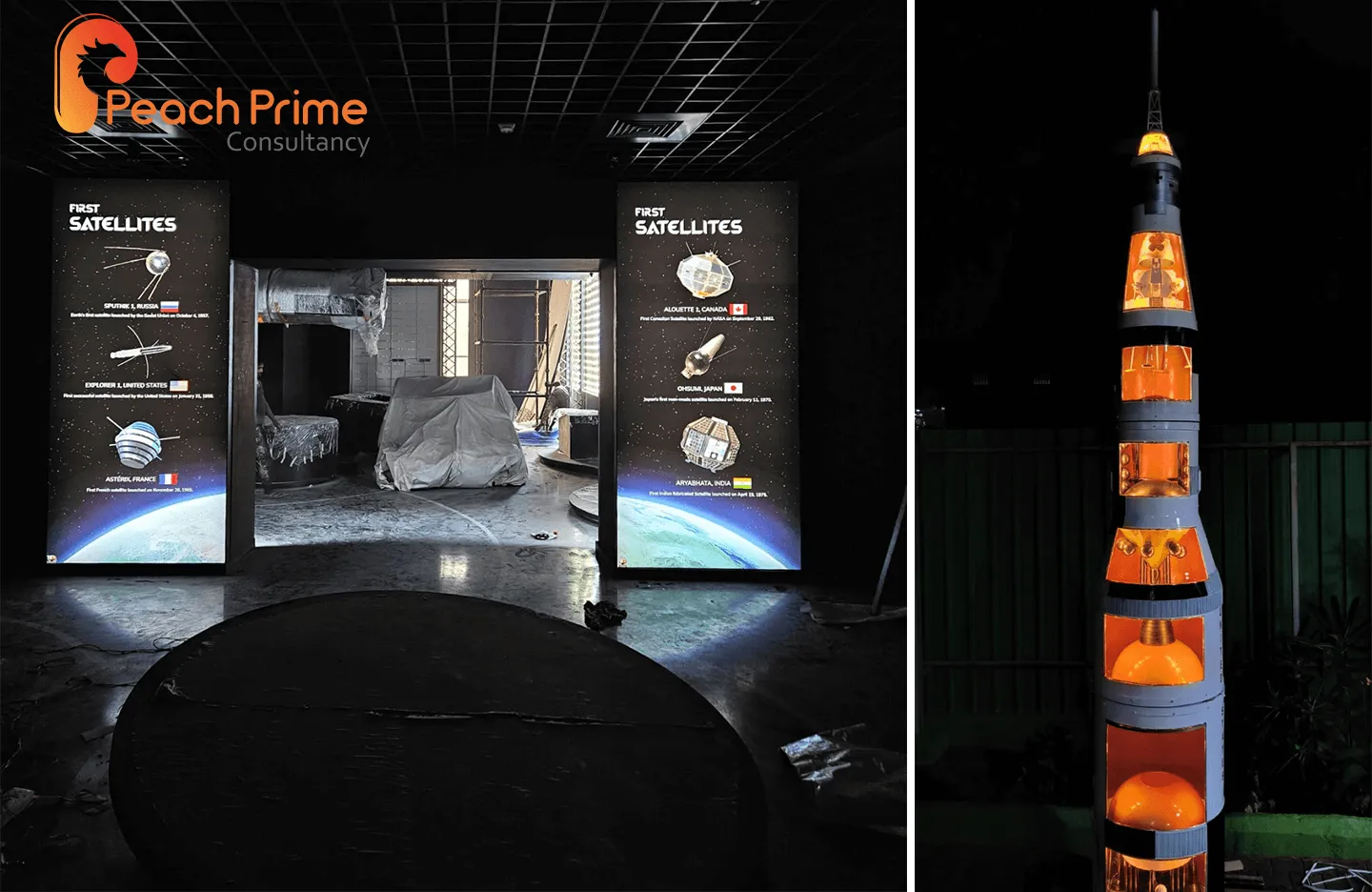Blogs
Creating Museum Spaces That Spark Curiosity and Engagement Across All Generations

Museums are no longer quiet buildings filled with static artifacts — they’re living spaces that inspire curiosity and connection. Modern museum design blends storytelling, interactivity, and technology to create experiences that appeal to every generation.
By embracing curiosity-driven museum design and immersive engagement, today’s museums encourage learning through exploration and emotion — transforming every visit into a memorable journey.
Designing for Curiosity and Engagement
Curiosity drives learning. When museums capture attention and invite participation, visitors naturally explore and discover.
Effective strategies include:
- Hands-on displays for children and adults
- Visitor-centered layouts encouraging natural flow
- Interactive exhibits that respond to movement or touch
- Design elements that spark questions and imagination
By prioritizing engagement, museums shift from passive observation to dynamic spaces of discovery.
Creating Multigenerational Experiences
Families often visit museums together, making family-friendly design essential. Exhibits must appeal to children, teens, and adults simultaneously.
Key strategies:
- Layered content to match diverse knowledge levels
- Interactive learning zones and storytelling areas
- Accessible design for all ages and abilities
- Shared educational spaces for parents and children
Designing for multiple generations builds emotional connection and long-term loyalty.
Leveraging Technology to Enhance Learning
Technology enriches museum learning by transforming static content into immersive experiences.
Examples include:
- AR and VR exhibits that bring history to life
- Interactive screens and digital storytelling
- Smart systems that adapt to visitor input
- Dynamic lighting, sound, and motion-based effects
Thoughtful technology use ensures exhibits are engaging, inclusive, and educational for every age group.
Innovative Museum Layouts
A museum’s layout shapes how visitors explore and learn. Flexible, thematic layouts encourage curiosity and interaction.
Best practices:
- Open pathways for free exploration
- Thematic zones grouped by topic or age
- Flexible spaces for rotating exhibits or workshops
- Interactive stations at key points for hands-on learning
Good spatial design ensures smooth visitor flow and meaningful engagement.
Immersive Storytelling in Museums
Storytelling transforms museums from information centers into emotional experiences. Visitors connect deeply when stories are told through space, sound, and light.
Storytelling techniques include:
- Guided narratives shaping visitor journeys
- Multimedia projection and audio storytelling
- Group activities encouraging participation
- Culturally rich stories blending history and imagination
Narrative-driven design creates museums that teach through experience and emotion.
Hands-On and Experiential Learning
Learning by doing is effective across all age groups. Experiential museum spaces turn exhibits into active learning zones.
Examples:
- Interactive science and experiment labs
- Replica artifacts for tactile exploration
- Creative art installations
- Inclusive learning areas for diverse abilities
Hands-on design transforms museums into playful centers of creativity and education.
Catering to Diverse Learning Styles
Every visitor absorbs information differently. Engaging multiple learning styles ensures inclusive and effective design.
Approaches include:
- Visual storytelling through displays and graphics
- Soundscapes and narration for auditory learners
- Movement and touch for kinesthetic engagement
- Layered, multisensory storytelling for all types
Blending these methods creates immersive museum storytelling that resonates with everyone.
Planning for Repeat Visits
Curiosity doesn’t end after one visit. To keep audiences returning, museums must evolve continuously.
Strategies for repeat engagement:
- Rotating or seasonal exhibits
- Temporary art and cultural showcases
- Hands-on workshops and events
- Interactive systems that evolve with visitor input
Fresh, changing content builds visitor loyalty and sustained excitement.
Combining Education and Entertainment
The best museums balance learning with enjoyment. Edutainment-driven design keeps visitors informed and inspired.
Methods include:
- Playful, informative exhibits
- Interactive games and puzzles
- Experiential learning through challenges
- Reflection areas for discussion and connection
Blending fun and learning ensures lasting impact and curiosity.
Creating a Sense of Wonder
At the heart of museum design lies wonder — the feeling that sparks imagination and learning.
Ways to inspire wonder:
- Surprises and hidden discoveries
- Storytelling that rewards exploration
- Immersive lighting and atmosphere
- Inviting curiosity through questions and interaction
A sense of wonder keeps museums relevant, inspiring, and memorable across generations.
Peach Prime: Designing for Curiosity and Connection
At Peach Prime Consultancy, we design experiential museum environments that spark imagination and foster learning across all ages.
Our expertise combines interactive exhibits, immersive storytelling, and visitor-centered planning to create spaces that engage, educate, and inspire.
From heritage museums to contemporary cultural centers, we deliver curiosity-driven designs that ensure every visit becomes a journey of exploration and joy.
We don’t just design spaces — we design curiosity.



